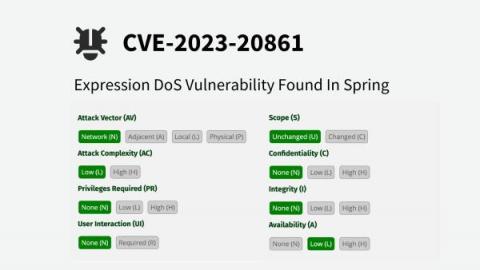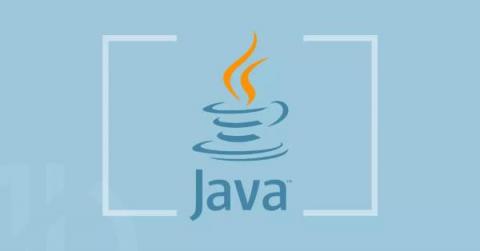Security | Threat Detection | Cyberattacks | DevSecOps | Compliance
Java
Must To Know Secure Java Development Practices
Java is a top-notch software development technology, that gets highly used for curating desktop, mobile, and web-based applications. According to enlyft, 455,000+ companies are using applications based on java. But, with the introduction of newer technologies, hackers have become more competent in breaching and java apps are one of their primary targets. And the main reason behind it is the occurrence of loopholes in it, including the Spring4Shell/Springshell vulnerability.
11 Tips for Unit Testing in Java
Mitigating path traversal vulns in Java with Snyk Code
Path traversal is a type of security vulnerability that can occur when a web application or service allows an attacker to access server files or directories that are outside the intended directory structure. This can lead to the unauthorized reading or modification of sensitive data.
Resolving CVE-2022-1471 with the SnakeYAML 2.0 Release
In October of 2022, a critical flaw was found in the SnakeYAML package, which allowed an attacker to benefit from remote code execution by sending malicious YAML content and this content being deserialized by the constructor. Finally, in February 2023, the SnakeYAML 2.0 release was pushed that resolves this flaw, also referred to as CVE-2022-1471. Let’s break down how this version can help you resolve this critical flaw.











